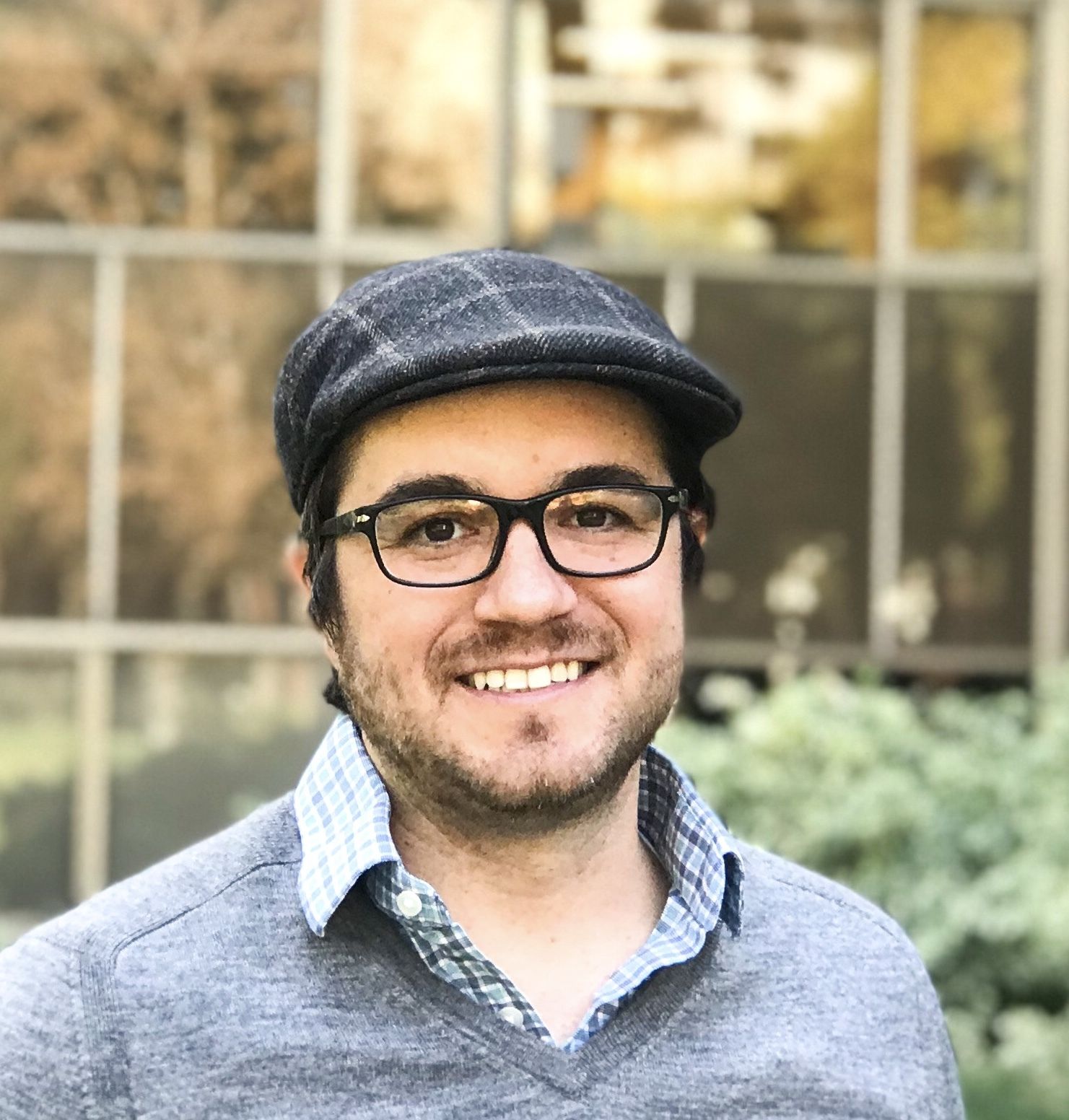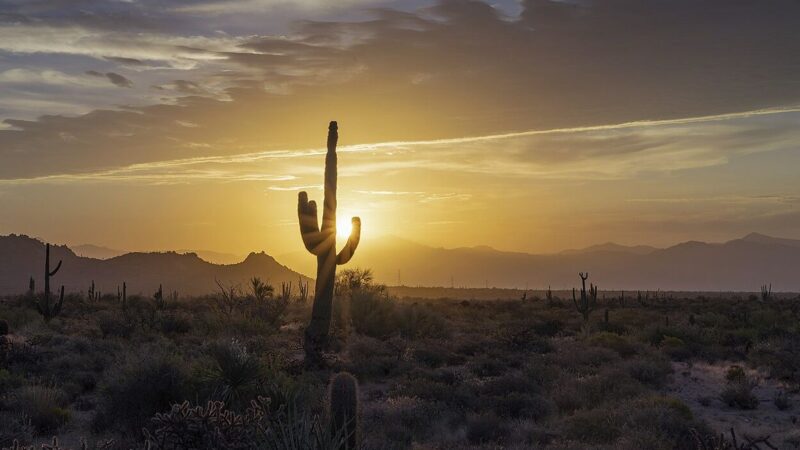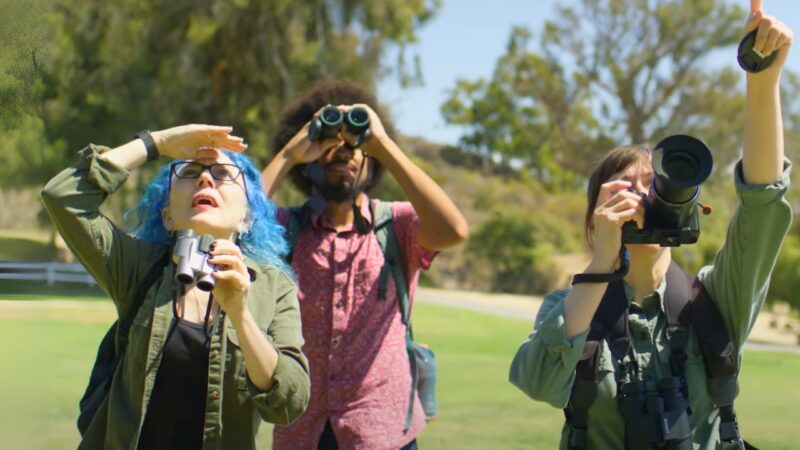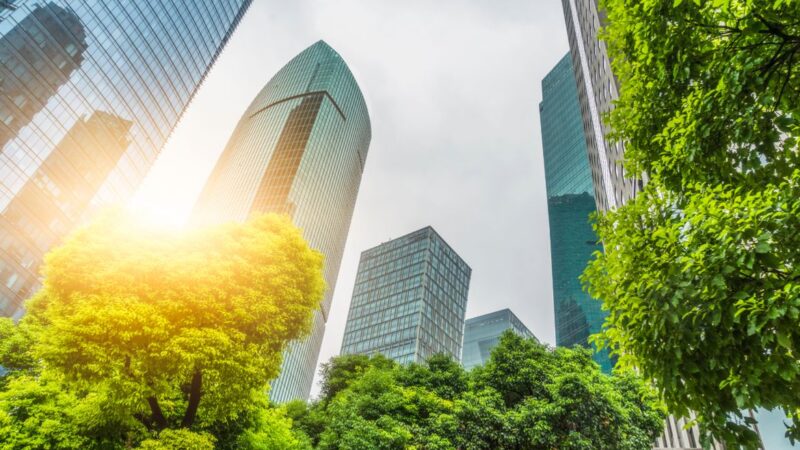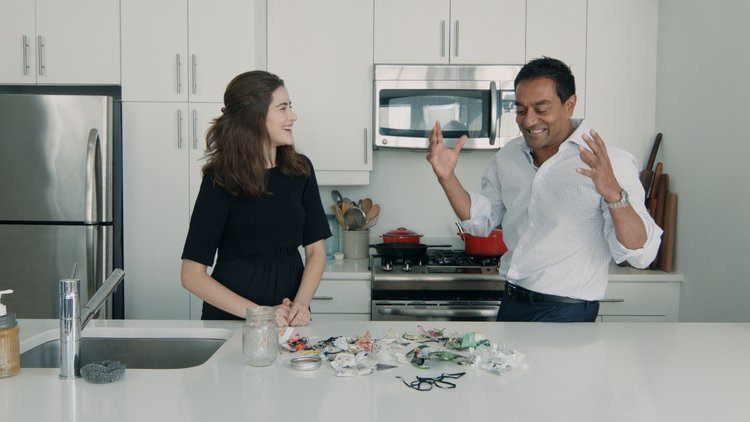
UC/Vox video series on climate change is heating up
The program playfully approaches the critical global issue in episodes that are just seven to 10 minutes long. The first two on thinking about climate change and going green have…
It’s just getting started, but “Climate Lab”—a six-episode video series on climate change from Vox and the University of California—is already getting plenty of attention.
The program playfully approaches the critical global issue in episodes that are just seven to 10 minutes long. The first two on thinking about climate change and going green have been viewed 1.3 million times, with fresh looks at topics from food waste to nuclear energy yet to come. Today, Climate Lab turns to a topic many people can relate to on a very personal level—the footprint of our smart phones.
Hosted by M. Sanjayan, a UCLA visiting researcher and senior scientist at Conservation International, the video series is the brainchild of Jon Christensen, co-founder of LENS—the Laboratory for Environmental Narrative Strategies. I recently spoke with Sanjayan and Christensen to hear how they approached the project and what it can tell us about how we talk about climate change.
What was the inspiration and origin of the Climate Lab series?
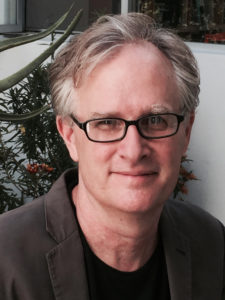
Christensen: I was senior editor on Bending the Curve: Ten scalable solutions for carbon neutrality and climate stability. One of our key findings was that we’ve largely failed in communicating about climate change. I reached out to the UC Office of the President to see if they’d like to do a video series on climate change solutions like they did with Mark Bittman and the New York Times on food. Then we reached out to Sanjayan because he’s such a fantastic science communicator. We all treated this series as a journalistic project, and it’s a real tribute to the possibilities of collaboration between universities and the news media.
Sanjayan: I did a couple of wonderful shows including a series for Discovery Channel on energy and the first season of Years of Living Dangerously when it was on Showtime. I was looking to do something different. I had a nagging doubt—that new people weren’t really watching. So my response was, “Is this going to be similar to what we’ve done in the past? Or can we break the mold?” And they said, “Break the mold!”
What makes this series different from other climate programs, and why do you think that’s important?
Sanjayan: This series is irreverent and pithy. And you meet people you typically don’t meet—from a Tea Party activist who cares about climate to a grassroots artist in Berkeley, from an advisor to the Pope to a young woman living an extraordinary life in Brooklyn.
Christensen: We know a lot about the failures, but we don’t know a lot about what’s successful in climate change communication. We know that it doesn’t work when climate change is presented as a problem that’s too far away, too big, and too out of control for individuals to do something about. We know you can give people all the facts in the world and they incorporate them into their existing values, narratives and frames. We know that numbers numb and stories stick. We use those lessons throughout this series to lower the barrier so people see that they can take action individually and collectively.
This week’s episode focuses on cell phones, next week’s on food waste, but after that you shift to a much more controversial topic—nuclear power. Why did you decide to kick that particular hornet’s nest?
Sanjayan: As an environmentalist who went to school in Oregon and California, I have reservations about nuclear energy—just a gut reaction. But I wondered, do younger people who didn’t grow up with Chernobyl and Three Mile Island feel the same thing, or are they more open? What was astonishing is that there is a whole group of smart twenty-somethings taking a new look at this technology, asking all the right questions, and innovating in the right ways. When you talk to these folks, who are actually doing the research, they are very comfortable with it, and they make a compelling case that new technologies can reduce the dangers and reduce waste. If climate change is the biggest threat of our time—which is what we say—then it probably does need to be all-hands-on-deck.
Christensen: We didn’t want to shy away from anything. There are people who advocate that we are going to need “all of the above” to get to carbon neutrality by mid-century, which is the goal of the Paris accords and the goal of most people who think that we need to stabilize the climate to prevent really disastrous problems. We need to have a frank, open conversation about all options. And Sanjayan approaches it from the right point of view—skeptical but open minded.
Sanjayan: We should be willing to challenge our assumptions, even if that makes us uncomfortable. The challenge it takes for someone who may be left-leaning to take an objective look at where nuclear technology is today is the same kind of leap we are asking people to take who live in a coal mining town, who know that the only reason they have food on their table is because of that coal.
Which episode is your personal favorite and why?
Sanjayan: I love the guys at MIT Media Labs— classic geeks who found a problem, food waste, and created the world-famous food cam to solve it. We made a little test of it. We put out donuts and timed how long it would take for grad students to scurry out of their offices and find the food. That was really fun.
Christensen: I like the final episode about messengers with Ram Ramanathan, who was, in a lot of ways, the inspiration for this series. When Ram asked me to work with him on “Bending the Curve,” he told me that the Pope had done more to communicate the urgency and justice dimensions of climate change than scientists had in decades. I thought “OK, this scientist really gets the importance of communication.” Sanjayan is like that too. He understands the importance of reaching people where they are. To solve this together, we’re going to need all kinds of messengers.
Main Image: Dr. M. Sanjayan reacts to zero waste expert Lauren Singer’s four years’ worth of trash.

